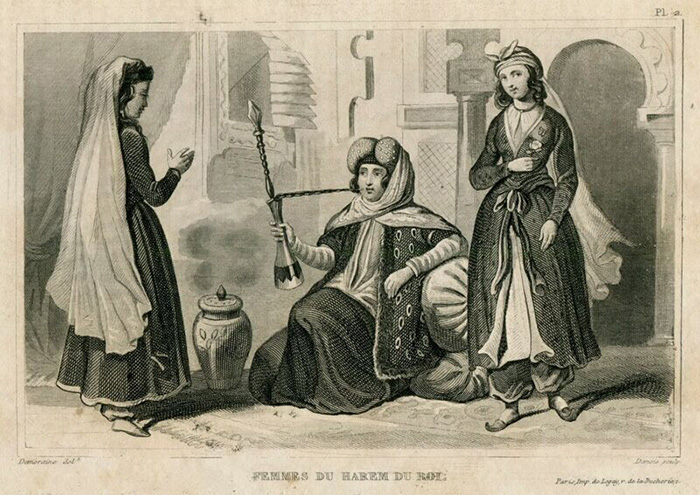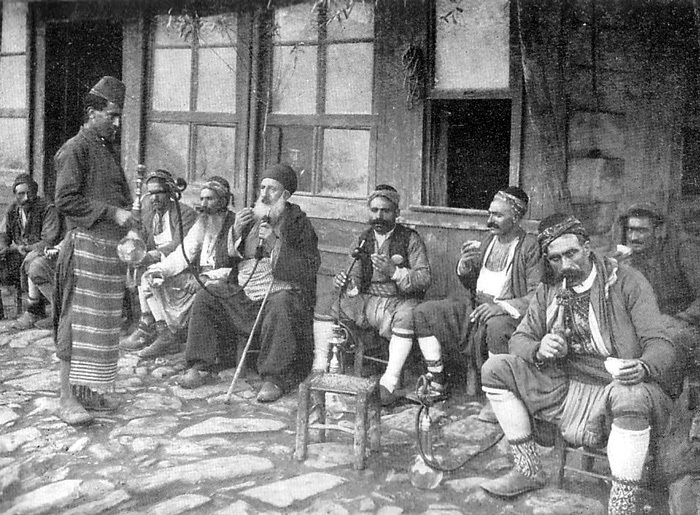By browsing the site, you confirm that you are 18 years old. Smoking harms your health and kills you!
Origins of the Shisha (Hookah): From Ancient Smoke to Modern Ritual

What Is a Hookah — and Why It’s More Than Just Smoke
At first glance, a hookah — also known around the world as shisha, nargile, waterpipe, or chicha — might look like a simple smoking device: a bowl, a stem, a vase, and a hose.
But behind its elegant design lies centuries of history, artistry, and community.
A hookah works by filtering flavored smoke through water, cooling it before inhalation. The experience is smooth, aromatic, and social — focused on flavor, not addiction. Over time, this ritual became a universal language of relaxation.
From Cairo to Istanbul, Moscow to Lisbon — the soft bubbling of a hookah means the same thing everywhere: conversation, peace, and culture.
From Fire and Water — The Beginning of a Ritual

Long before modern lounges or brands like Darkside and Tangiers, the story began with simplicity — a coconut shell, a bamboo stem, and fire.
Historians trace its origin to 16th-century India, where early smokers tried to filter smoke through water. That innovation — blending fire and water — created the world’s first nargile.
From India, the idea traveled to Persia, where glass and metal transformed it into a masterpiece. Later, in the Ottoman Empire, the shisha became an essential part of royal and café culture. The first true hookah lounges appeared in Istanbul — places of conversation, philosophy, and art.
A Cultural Bridge of Smoke

For Persians and Turks, the nargileh symbolized respect and friendship.
Sharing a pipe wasn’t just smoking — it was a ceremony of equality and hospitality.
Each puff marked rhythm, patience, and connection.
Different regions added their own touch: Persians infused rosewater, Indians used coconut coals, and the Ottomans developed personal mouthpieces for hygiene.
The hookah was never meant for escape — it was always about balance, elegance, and togetherness.
From Ancient Herbs to Modern Tobacco
When tobacco arrived from the Americas in the 1500s, it reshaped this ritual. The first mu‘assel — mixtures of tobacco, molasses, and fruit — were born.
Some early versions also included opium or hashish, substances common in that era.
🛑 Important note: These are narcotics. Hookah.pt does not promote or support any illegal or harmful substances. Modern hookah and shisha use only legal, certified tobacco or nicotine-free herbal blends.
Today’s shisha tobacco is a crafted experience — fruit, mint, coffee, or dessert-inspired blends designed for taste and aroma, not intoxication.
The Evolution of Hookah Design

Through centuries, the hookah (or water pipe) evolved from rustic wood and clay into an art form.
Now, brands like Alpha Hookah, MattPear, and Maklaud represent the modern wave of Russian engineering — precision, minimalism, and perfection in every draw.
From Tradition to Innovation — The Rise of Russian Shisha
The 21st century gave rise to the Russian Hookah Revolution — a blend of innovation, design, and performance that changed the global industry.
Russian shisha brands introduced modern heat systems, magnetic connectors, and new aesthetics that are now recognized worldwide.
This movement didn’t just redefine quality — it connected East and West once again, bringing tradition into the digital age.
Hookah.pt — Portugal’s Home for Hookah and Shisha Culture
In Portugal, hookah culture is growing rapidly — and Hookah.pt is at the heart of it.
We bring together centuries of heritage and the best of modern design, offering:
- Premium hookahs (nargiles, waterpipes, chichas)
- Flavored shisha tobaccos and nicotine-free herbal blends
- Accessories, bowls, hoses, and replacement parts
- Fast online delivery to all cities in Portugal 🇵🇹
Shop trusted international and Russian brands like
Discover iconic brands like Tangiers, Al Fakher, Serbetli, Musthave, Blackburn, Darkside, Element, Duft, Nash, and more — all certified, authentic, and ready to elevate your experience.
⚠️ Disclaimer
Hookah.pt sells only legal, certified products for adults (18+).
We do not promote narcotics or any illegal substances. Modern shisha culture celebrates craftsmanship, connection, and relaxation — never drugs.
Continue the Story
Empires changed, but the sound of bubbling water stayed the same.
How did the nargile evolve in the royal palaces of Persia, the cafés of Istanbul, and the courts of India?
👉 Next Chapter → The Hookah Across Civilizations: Persia, Turkey & India
Explore the heart of Eastern shisha culture — where smoke became art.
2025-11-05 15:56
History
